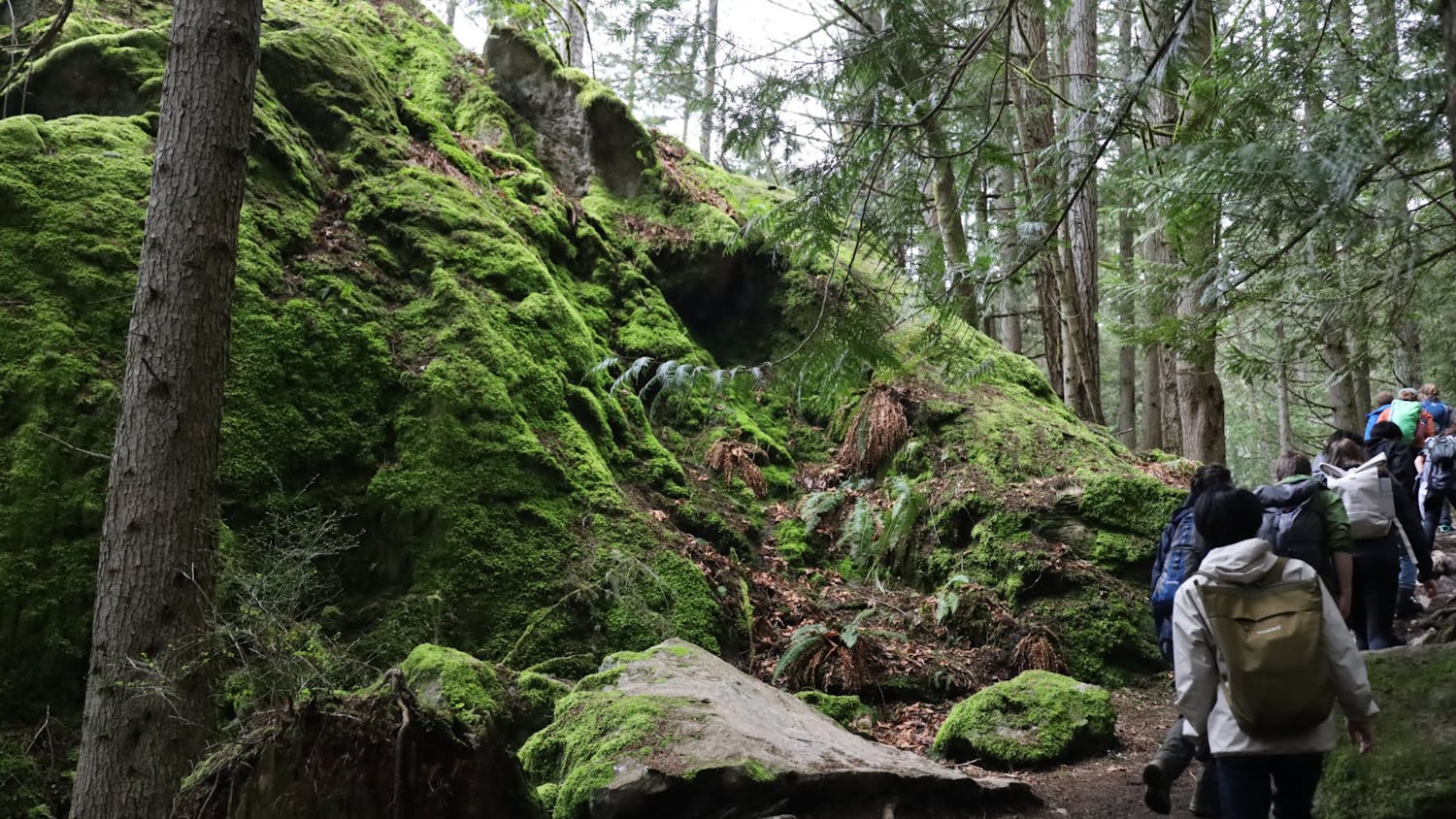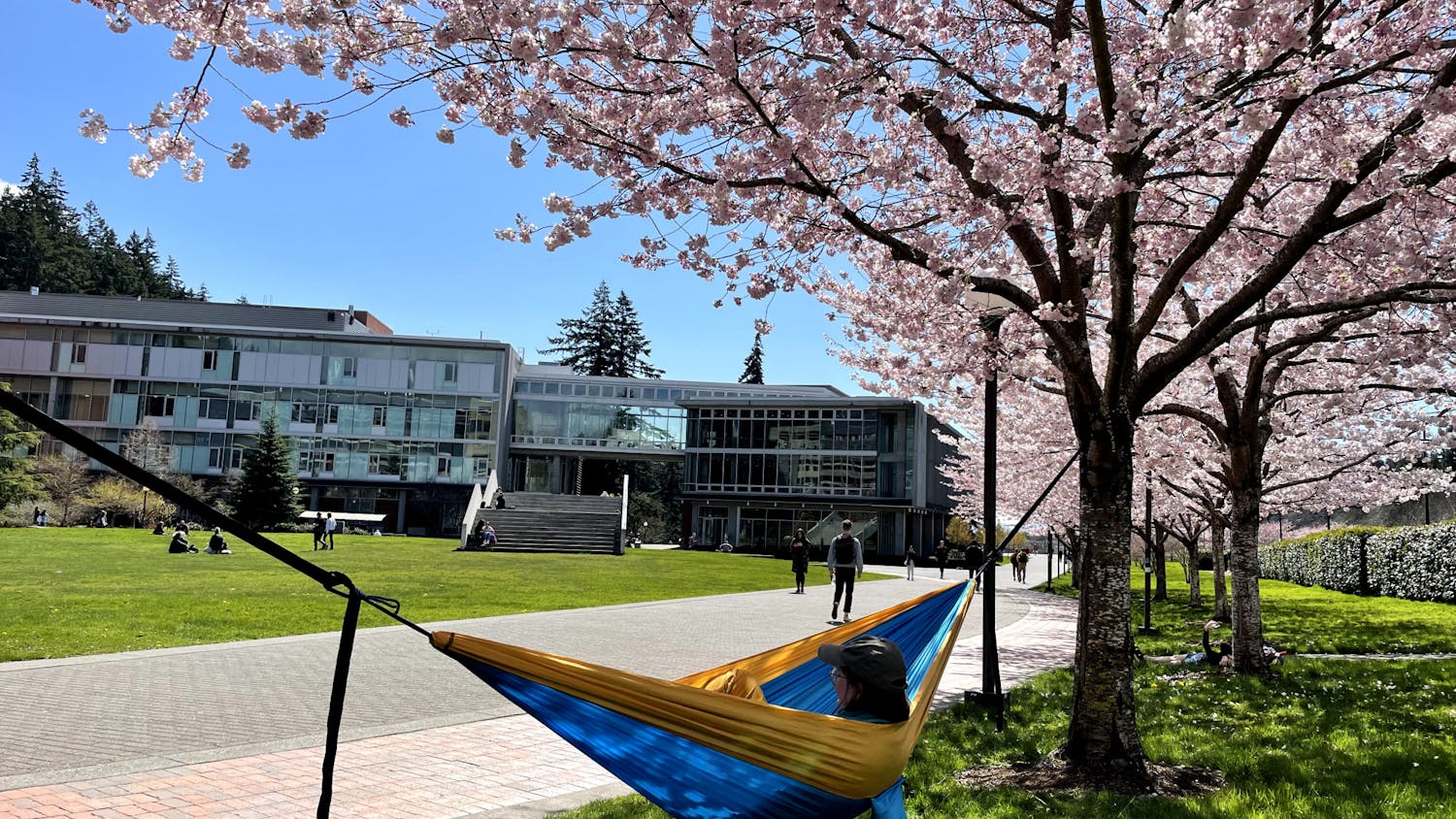Kayak on the shores of Lake Whatcom post invasive species check on July 3 // Photo by Nick Baca By. Nick Baca The Whatcom County Aquatic Invasive Species Program is taking precautions to prevent lakes from infrastructure damage and harmful environmental impacts. With other regions of the United States populated by aquatic invasive species, this program is here to deal with these invaders as well as more localized invasive species issues. “As boaters travel between Lake Whatcom, Lake Samish and Lake Padden, the risk of these boats transporting unwanted species from one lake to another is a large one,” Teagan Ward, coordinator for the Aquatic Invasive Species Program, said. According to Ward, the invasive species that pose a threat in Whatcom County include the zebra and quagga mussels, Asian clams found in Lake Whatcom and New Zealand mudsnails found in Lake Padden. From April to September, four stations are located at the various lakes around the county. From dusk until dawn, seven days a week, city employees inspect and decontaminate all boats entering and leaving the lakes. After the discovery of New Zealand mudsnails for the first time in Whatcom County in 2018 by Ward and her team, the program is taking action in ways like spreading awareness and educating the public. “Something unusual is that Whatcom County allows boats on a drinking water source such as Lake Whatcom and Lake Samish,” Ward said. “If the zebra or quagga mussels were to populate here they would cause costly damage to water pipes and cause drinking water to have a permanent odor and taste.” Ward continued to say that all of this could lead to an increase in water treatment prices. Both of these mussels are only the size of a fingernail and are unique in that they are the only freshwater mussels with byssal threads — threads they use to attach to substrates — which enable them to clog water pipes, according to Ward. She also mentioned that the mudsnails and Asian clams pose more of an environmental threat due to their ability to reproduce quickly and dominate substrates of affected lakes. The mudsnails are found in surrounding areas such as Lake Washington and the Columbia River. Lake Padden is the only place in Whatcom County where Ward and her team found the mudsnails and it is important to try to keep it that way, according to Ward. The zebra mussels and quagga mussels are spreading via boats from the Great Lakes area or the southwestern United States. “All boats are required to have a permit no matter what to be able to be used on Lake Whatcom and Lake Samish,” Heather Conkerton, a boat inspector for the city of Bellingham, said. “Boats must be drained and completely dry to ensure that even microscopic larvae aren’t transported.” According to Conkerton, there can be up to 250 boats coming in for inspection in a given day, it is important that we are thorough,” Conkerton said. While there are no options to treat New Zealand mudsnails once they are in a body of water, preventative measures put in place act as the current safeguards, Ward said. Dogs, water shoes and swimsuits are also ways these creatures can spread. “Non-motorized boats can have more of a risk because they are able to access water easily, without a boat launch,” Ward said. The Aquatic Invasive Species Program receives funding through the city and county as well as money made from selling permits, according to Ward. The decision to place budgets toward these preventative efforts, rather than using them to fix what could go wrong in the future was the right solution, Ward said. The program has a major focus on community outreach and education. Drew Matthews, a local canoer, started to take his own initiative after learning about the invasive species. “I scrub that thing down, make sure all the plants and algae are off,” Matthews said. “It makes it easier for everybody and it’s something small I can do to take part.”





